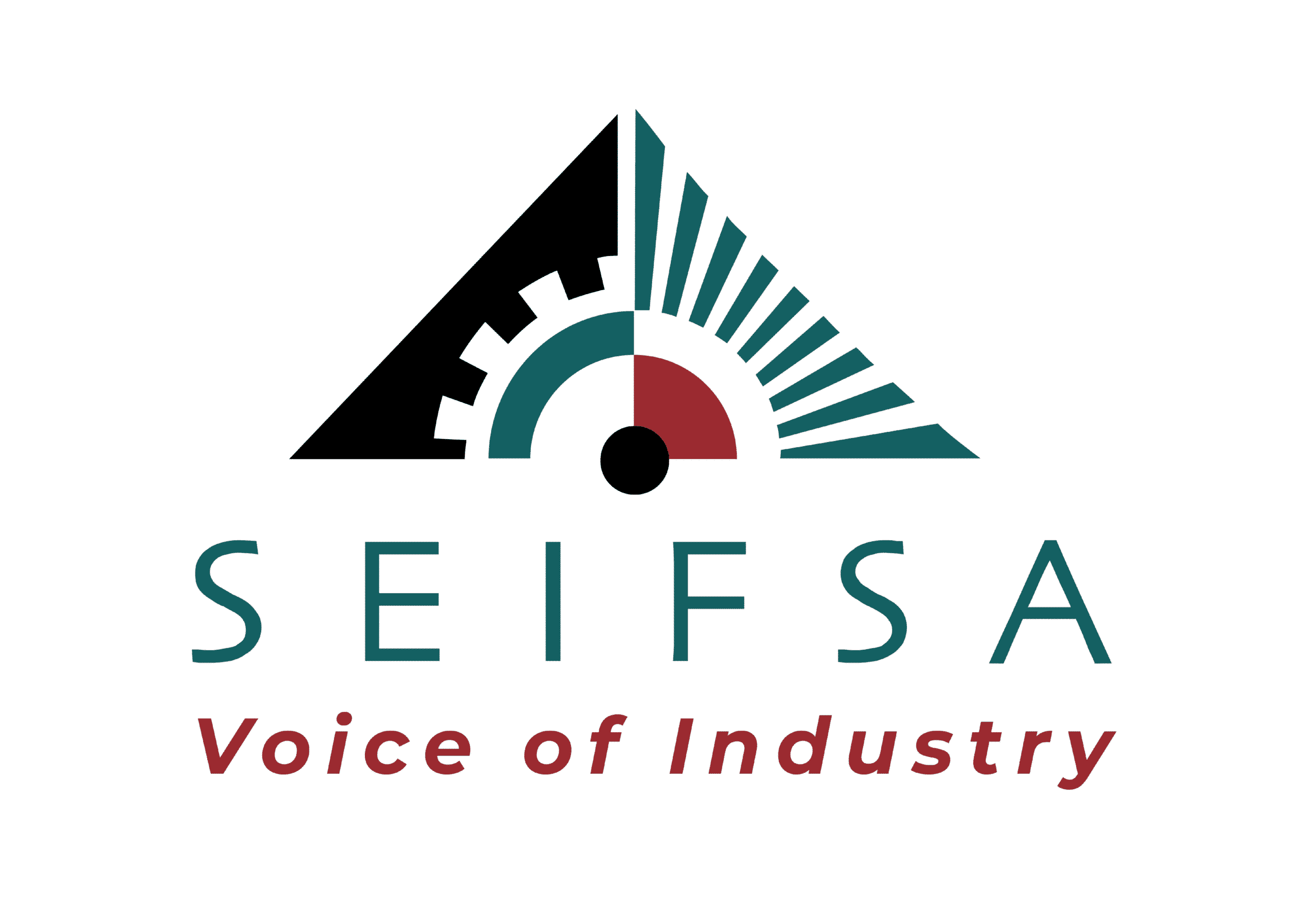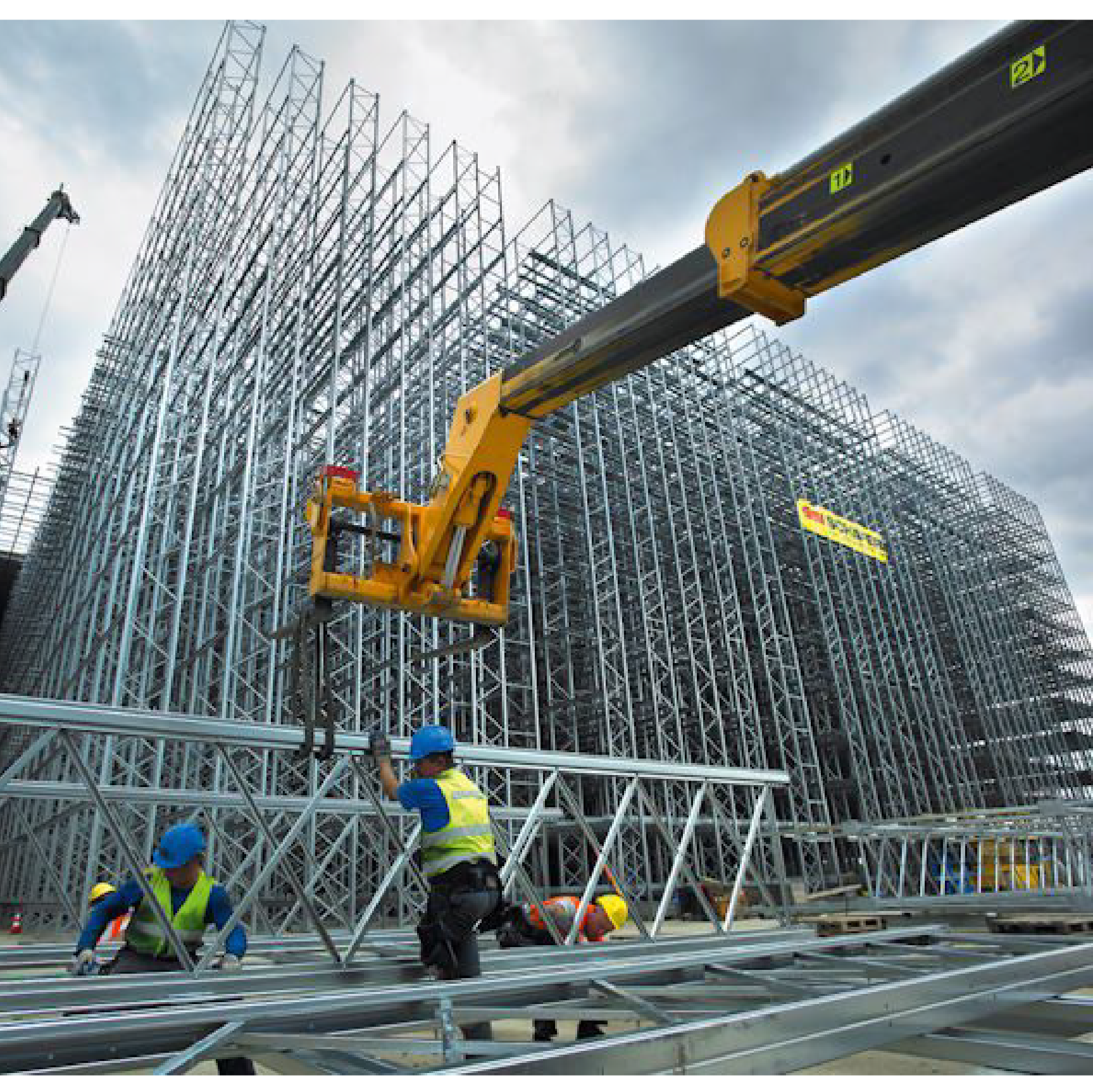THE STEEL MASTER PLAN HAS STALLED – A NEW INDUSTRIAL COMPACT IS URGENTLY NEEDED
South Africa’s steel and engineering sector stands at a perilous crossroads. Once the bedrock of our industrial economy, the sector today faces a stark reality: years of deindustrialisation, declining production, job losses and a steady erosion of competitiveness. This decline is not the result of chance, but a culmination of systemic policy failures, a lack of coordinated action and inadequate implementation of recovery frameworks.
In 2021, the launch of the Steel and Metal Fabrication Master Plan (SMP) offered a glimmer of hope. It promised to reposition the steel industry at the heart of South Africa’s reindustrialisation agenda. Yet, nearly four years later, we are confronted with an uncomfortable question: has the Master Plan delivered, or has it collapsed under the weight of unfulfilled promises?
The concept of the SMP remains sound. An inclusive, coordinated and well-resourced industrial policy is critical to saving strategic sectors. The problem lies in its execution. Instead of clarity and action, we have seen diffusion and inaction. With over 20 workstreams and 73 deliverables, the SMP lacked focus. As progress stalled, industry leadership began to withdraw, disillusioned by government’s inability to deliver on commitments.
Today, the signs of collapse are unmistakable. Steel production remains 18% below its 2007/8 peak and capacity utilisation across all sub-sectors has slipped below the 85% benchmark for efficiency. Per capita steel consumption has dropped by 37% since 2013, a sharp contrast to global trends where steel intensity continues to rise. These trends are not just statistics — they translate into factory closures, job losses and the loss of critical productive capacity.
If we are to reverse this trajectory, we have no choice but to fundamentally rethink South Africa’s industrial policy. Business-as-usual will not suffice. Government must acknowledge that past interventions, however well-intentioned, have not delivered the intended impact. This moment demands a bold shift — from fragmented policies and siloed departments to a unified national compact anchored in public-private collaboration.
What should this new approach look like? First, we must craft a Strategic Agreement for Impact between government and the steel and engineering sector. This agreement should bind both parties to a shared vision with clear accountability. Crucially, it must define a singular, measurable objective — for example, achieving 4 – 5% annual growth in metals and engineering output — against which all policy instruments and initiatives can be aligned. Without a clear north star, no policy can succeed.
Second, we need to streamline efforts into three focused workstreams: Industrial Policy, Demand Creation and Financing.
The Industrial Policy Workstream must aim to establish a coherent framework that balances competing interests across the value chain — from upstream primary producers to downstream manufacturers. Too often, policy has favoured one at the expense of the other. The vision must be unified and inclusive.
The Demand Creation Workstream must be tasked with unlocking catalytic projects that stimulate consumption of domestically produced steel and fabricated products. This includes leveraging state-led infrastructure initiatives, strategic procurement and facilitating partnerships that can turn project pipelines into real economic activity.
The Financing Workstream must address the chronic undercapitalisation of the sector. A reindustrialising economy cannot be built on weak balance sheets and ad-hoc funding. What is required is a structured financial framework — including public-private funding vehicles and targeted incentives — to finance industrial and infrastructure projects that have multiplier effects across the economy.
Third, we must reorient our approach to policy from punitive to incentive-based mechanisms. Businesses need predictability and support to invest and grow. Every policy instrument must undergo rigorous cost-benefit analysis. Those that don’t work must be scrapped. Those that do must be scaled up. Industrial policy must become an iterative, evidence-based practice — not a once-off, static document.
Fourth, we need government to lead a national policy alignment drive. Energy security, rail logistics, port capacity and trade policy are all levers of industrial competitiveness. Right now, these levers pull in different directions. Coordination and coherence across departments and spheres of government is essential. The private sector cannot be expected to invest in an economy where the left hand of government does not know what the right hand is doing.
Finally, it is imperative that we reaffirm the strategic importance of the steel and engineering sector to South Africa’s long-term economic prospects. No country can industrialise — or reindustrialise — without a resilient metals sector. Steel is the foundational input into mining, construction, transport, manufacturing, energy and agriculture. The erosion of this sector undermines every other sector’s growth potential.
The SMP, in its current form, has not lived up to its potential. But that does not mean we abandon it. Instead, we must rescue its original intent — to galvanise industry and government behind a shared industrial vision — and breathe new life into its structure and implementation.
SEIFSA and its members remain ready to co-create a new compact for industrial growth. But we cannot do this alone. We call on government — particularly the departments of Trade, Industry and Competition; Finance; Public Enterprises; Infrastructure; and Transport — to urgently come together with industry leaders to forge a new path forward.
Time is running out. With every passing year of stagnation, the socio-economic consequences deepen — more job losses, more factory closures and a deeper erosion of South Africa’s productive capacity.
Let us focus on a Strategic Agreement for Impact between government and the steel and engineering sector with a singular commitment: to reignite South Africa’s industrial engine and build a future of inclusive, job-rich growth. The steel sector — and South Africa — depends on it.
Elias Monage is the Steel and Engineering Industries Federation of South Africa (SEIFSA) President and Chairman of the Board

